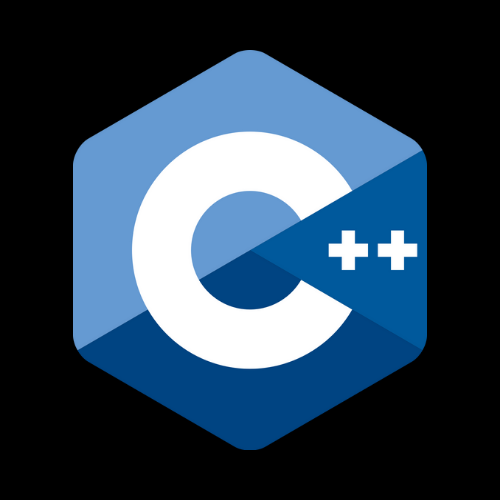In C++, a switch statement is a control structure that allows you to select one of several code blocks to execute based on the value of an expression. It's commonly used when you have a single expression that can have different values, and you want to perform different actions for each possible value. Switch statements are a more efficient way to handle multiple conditional branches than using a series of if-else statements when you have several possible cases.
Here is the basic syntax of a C++ switch statement:
switch (expression) {
case value1:
// code to execute when expression equals value1
break;
case value2:
// code to execute when expression equals value2
break;
// ... more case labels ...
default:
// code to execute when none of the cases match
}
Here's a detailed explanation of the components:
1. `switch`: The keyword that initiates the switch statement.
2. `expression`: This is the value or expression that you want to compare against the case labels. It's placed within the parentheses following the `switch` keyword.
3. `case value1`: This is a case label. It specifies a particular value that `expression` may take. If `expression` equals `value1`, the code block following this label is executed. You can have multiple case labels with different values.
4. `break`: The `break` statement is used to exit the switch statement after a case is executed. Without `break`, the code will continue executing the subsequent cases until a `break` statement is encountered. This can be useful if you want multiple cases to execute the same code.
5. `default`: The `default` label is optional and serves as a catch-all case. If none of the case labels match the value of the expression, the code block following `default` is executed.
Here's an example of a C++ switch statement:
#include
int main() {
int day = 3;
switch (day) {
case 1:
std::cout << "Monday" << std::endl;
break;
case 2:
std::cout << "Tuesday" << std::endl;
break;
case 3:
std::cout << "Wednesday" << std::endl;
break;
case 4:
std::cout << "Thursday" << std::endl;
break;
case 5:
std::cout << "Friday" << std::endl;
break;
case 6:
std::cout << "Saturday" << std::endl;
break;
case 7:
std::cout << "Sunday" << std::endl;
break;
default:
std::cout << "Invalid day" << std::endl;
}
return 0;
}
In this example, the `day` variable has the value `3`, so the code block under `case 3` is executed, and the output will be "Wednesday". If `day` had any other value, the `default` block would execute with the message "Invalid day."
Switch statements are useful when you have a simple and fixed set of values to compare against. However, be cautious when using complex expressions or needing to compare ranges of values, as switch statements are designed for equality checks.


